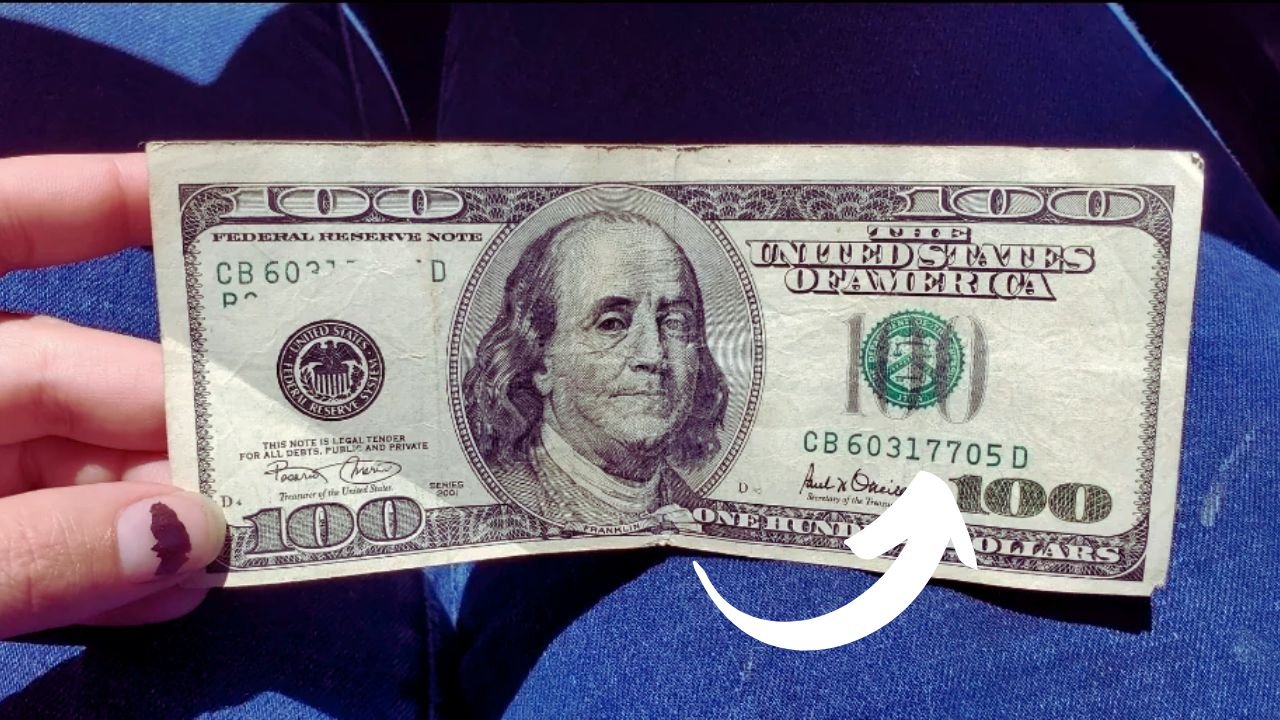A simple mistake at the U.S. Mint has turned an ordinary $100 bill into a collector’s dream worth up to $125,000. Known as the $100 bill with an ink error, this rare find is still floating around in circulation, and one just sold at auction for a jaw-dropping $125,000. People across the country are now checking their cash for this valuable flaw. Here’s everything you need to know about this bill and how to spot one.
What Is the Ink Error?
An ink error happens when something goes wrong during the printing process, leaving smudges, smears, or extra ink on the bill. For the $100 bill, this error often appears as a blurry patch or extra ink marks on Benjamin Franklin’s portrait or the back of the bill. These mistakes occurred on certain 1996 and 2004 series $100 bills. Because so few made it into circulation, collectors are eager to pay big bucks for them.
- Look for smudged or smeared ink on Franklin’s face or the bill’s design.
- The error may show extra ink blobs or faded areas.
- Bills from 1996 or 2004 series are the most likely to have this error.
- Well-preserved bills with clear errors fetch the highest prices.
Why Is It So Valuable?
The value comes from how rare these bills are. Printing errors are uncommon, and most are caught before leaving the mint. The few that slip through become treasures for collectors. A 1996-series $100 bill with a dramatic ink smear sold for $125,000 in early 2025, setting a new record. Experts say the value could rise as fewer of these bills remain in circulation, especially in good condition.
| Bill Details | Value Range |
|---|---|
| 1996 Ink Error (Clear) | $80,000–$125,000 |
| 2004 Ink Error (Clear) | $60,000–$100,000 |
| Minor Ink Error | $10,000–$30,000 |
How to Check Your Cash
You don’t need to be a pro to find this $100 bill. Start by checking any $100 bills in your wallet, cash register, or savings stash. Look closely at the printing, especially around Franklin’s portrait and the back design. Smudges, smears, or extra ink spots are key signs. If you think you’ve got one, take it to a currency dealer or a grading service like PMG or PCGS for verification. A magnifying glass can help spot subtle errors.
Real-Life Treasure Stories
Ordinary people have found these bills in surprising places. Last year, a New York bartender received one as a tip and later sold it for $90,000. In Florida, a retiree discovered one in a stack of old bills and cashed it in for $75,000. These stories have sparked a frenzy, with more folks digging through their cash. Coin and currency shops say they’re seeing a surge in people bringing in $100 bills to check for errors.
What to Do If You Find One
If you’re lucky enough to find an ink-error $100 bill, you’ve got options. Selling it now could mean a huge payout, especially with prices climbing. However, some collectors hold onto rare bills, hoping their value will grow over time. Getting the bill graded by a professional service is a smart move—it proves authenticity and can boost the price. Handle the bill carefully to avoid damage, as creases or tears can lower its value. Keep your eyes peeled—that $125,000 bill might be sitting in your wallet right now.

